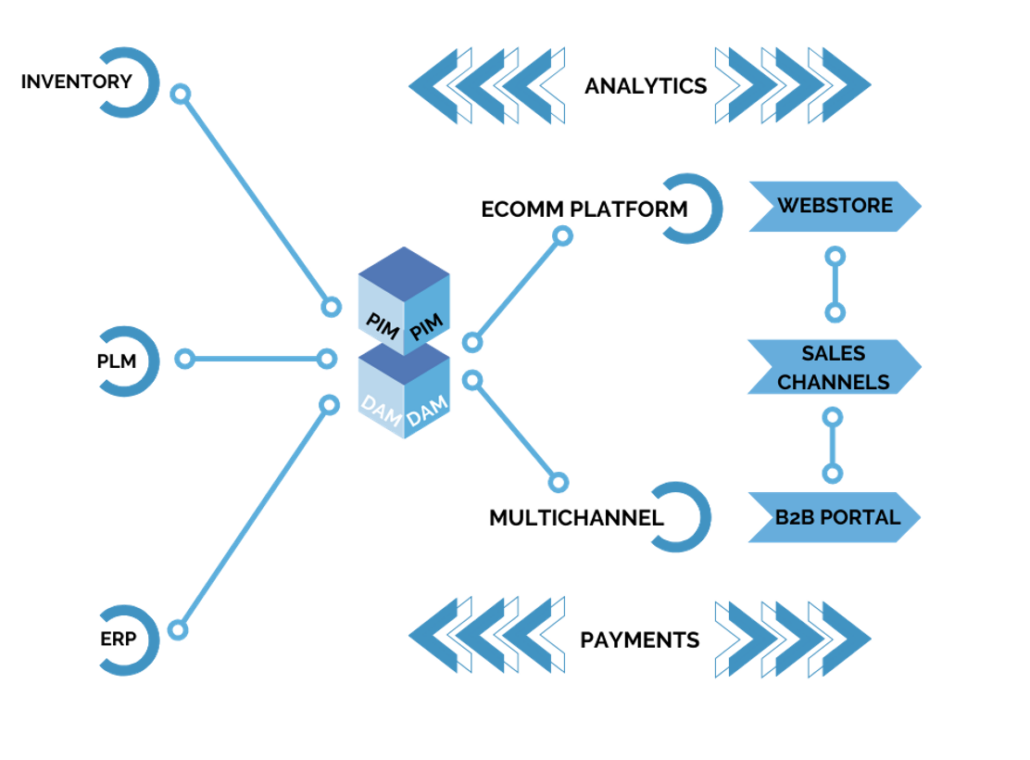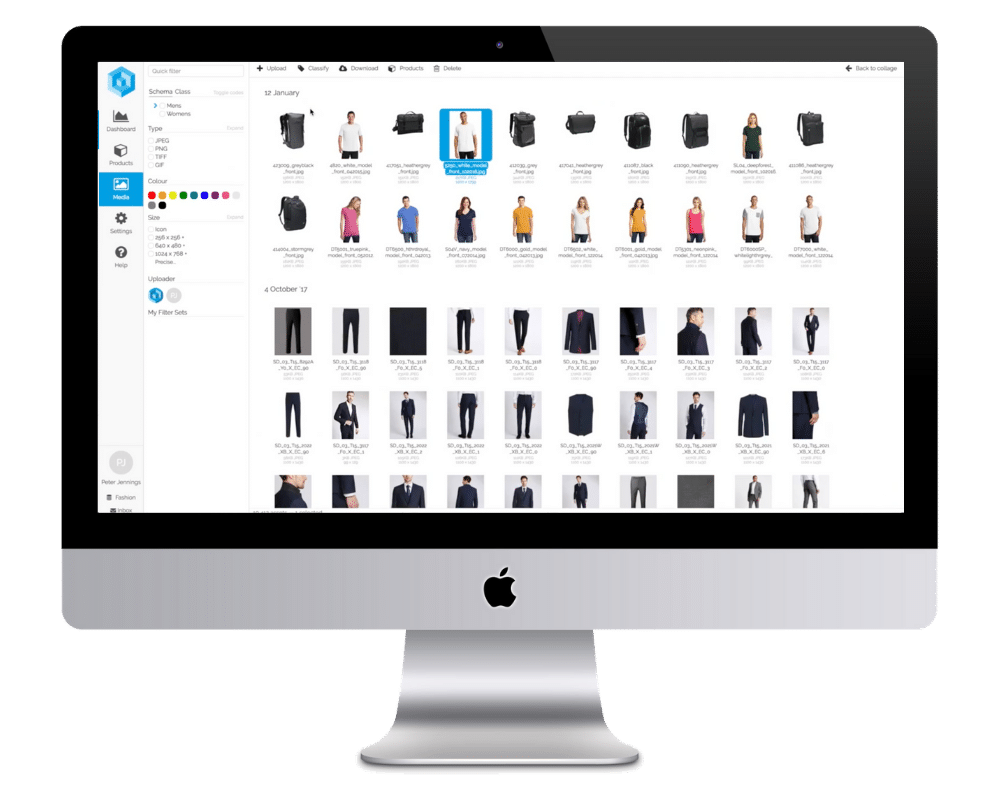When brands create product data sheets, there are several important steps they must take to ensure they are ready for use.
The Anatomy of an Effective Product Data Sheet
Product Overview
The product overview section provides essential details that allow buyers to quickly understand the product’s purpose and core benefits.
- Product Name & Description: Clearly state the product’s name along with a concise yet compelling description that highlights its primary function and value proposition.

Key Features and Benefits
This section outlines the standout features of the product and the advantages they offer to users. Well-defined benefits help businesses differentiate their products and showcase unique selling points.
Technical Specifications
Technical specifications include critical product details such as:
- Manufacturer Information: Brand name, supplier, or OEM details.
- Measurements: Dimensions, weight, and other relevant metrics.
- Physical & Chemical Properties: Material composition, durability, and any specific chemical attributes.
Visual Elements
High-quality images, diagrams, and schematics enhance the clarity of a product data sheet. Visual elements make complex information easier to digest and improve engagement.
Safety & Handling Instructions

If applicable, safety guidelines should be clearly outlined to ensure proper usage and risk mitigation.
Regulatory & Compliance Information
The Regulatory/Compliance section ensures the product meets industry standards and legal requirements. Compliance details build trust and facilitate smoother transactions.
Steps to Create a Product Data Sheet
1. Gather Necessary Information
Start by collecting all relevant product details from manufacturers, technical teams, and marketing departments.
2. Identify the Target Audience
Determine who will be using the data sheet—procurement teams, engineers, or end-users—and tailor the content accordingly.
3. Structure the Data Sheet
Organize information in a logical format that allows readers to quickly locate essential details. Use headings, bullet points, and tables for clarity.
4. Write Clear and Concise Descriptions
Ensure that product descriptions are straightforward and free from jargon. Focus on delivering precise, value-driven information.
5. Include Visual Aids
Incorporate relevant images, charts, and diagrams to enhance comprehension and visual appeal.
6. Review and Revise
Before finalizing the document, conduct thorough reviews for accuracy, clarity, and consistency. Ensure compliance with industry standards.
Leveraging PIM Software for Automated Product Data Sheet Creation

PIM software simplifies and enhances the process of creating product data sheets by centralizing product information management. Key benefits of using automation for data sheet creation include:
- Efficiency: Reduces manual data entry and speeds up the process.
- Consistency: Ensures uniformity across all product documentation.
- Scalability: Supports multiple products and updates in real time.
Some other key features of PIM software for data sheet creation include:
- Centralized data storage for easy updates
- Automated formatting and template management
- Integration with digital catalogs and eCommerce platforms
Case Study: Flint Group Streamlines Data Sheet Creation with PIM

Automating Product Data Sheet Creation with PIM
Through a Pimberly, Flint Group is able to automate and streamline the creation of product data sheets. The automation ensures that all product information was consistent, up-to-date, and easily accessible across multiple channels.
Results and Benefits
With their integration of PIM, Flint Group has seen:
- Faster Time-to-Market: Automated updates and seamless data management reduced the time needed to generate data sheets.
- Market Expansion: Pimberly’s localization tools and AI-powered translations position Flint Group for rapid entry into new regions.
- Improved Customer Experience: Assets listed right alongside relevant product information through PIM allows for a seamless customer journey.
The business case for PIM highlights how automation drives process improvement and enhances operational efficiency.













